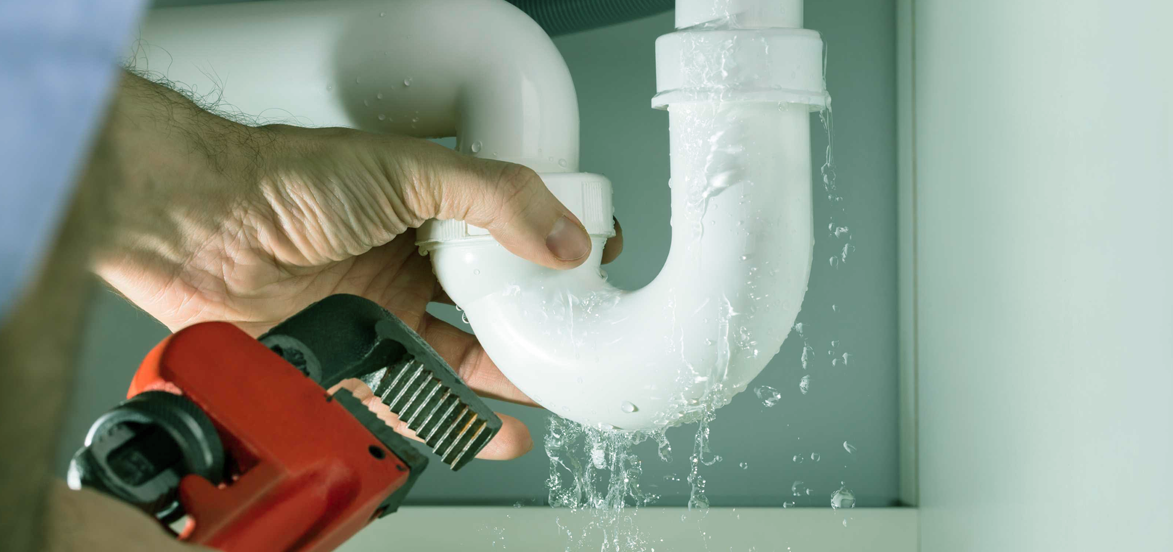Everyone seems to have their personal piece of advice when it comes to Leaking water lines.

Early discovery of dripping water lines can minimize a prospective disaster. Apart from conserving you cash, it will certainly decrease the aggravation and also frustration. The minute you locate a leak, calling your plumber for repair services is the best remedy. Nonetheless, some tiny water leaks might not be visible. Here are some hacks that help if you can not find it with your nude eyes.
1. Analyze the Water Meter
Every house has a water meter. Examining it is a guaranteed way that helps you uncover leakages. For beginners, shut off all the water resources. Guarantee no person will flush, make use of the faucet, shower, run the washing maker or dishwasher. From there, go to the meter and watch if it will change. Because no one is using it, there must be no motions. That indicates a fast-moving leakage if it relocates. Furthermore, if you spot no changes, wait an hour or more as well as check back once more. This indicates you may have a slow-moving leak that can even be underground.
2. Examine Water Consumption
If you detect unexpected modifications, in spite of your intake being the very same, it indicates that you have leaks in your plumbing system. An abrupt spike in your expense shows a fast-moving leak.
A steady rise every month, even with the same routines, reveals you have a sluggish leakage that's additionally gradually rising. Call a plumber to extensively examine your residential property, specifically if you really feel a warm location on your floor with piping below.
3. Do a Food Coloring Test
30% comes from commodes when it comes to water usage. Examination to see if they are running appropriately. Decrease flecks of food color in the storage tank as well as wait 10 minutes. There's a leak in between the storage tank and dish if the shade somehow infiltrates your bowl throughout that time without flushing.
4. Asses Exterior Lines
Don't fail to remember to inspect your outside water lines also. Examination spigots by connecting a garden pipe. Ought to water permeate out of the link, you have a loosened rubber gasket. Replace this and guarantee all links are tight. If you've got a lawn sprinkler, it will assist get it professionally analyzed as well as maintained every year. One little leak can lose tons of water and also surge your water costs.
5. Analyze the circumstance and evaluate
Homeowners need to make it a behavior to check under the sink counters and even inside closets for any kind of bad odor or mold and mildew growth. These two warnings show a leak so prompt interest is needed. Doing regular inspections, even bi-annually, can save you from a significant problem.
Extra notably, if you recognize your home is currently old, keep a watchful eye on your heating units, pipes, pipelines etc. Look for stainings and also weakening as most pipes and appliances have a life span. They will certainly additionally normally weaken because of tear and put on. If you believe dripping water lines in your plumbing system, don't wait for it to rise. Call a professional plumber right now so you don't wind up with a horrible mess in your home.
Early discovery of dripping water lines can mitigate a prospective calamity. Some little water leaks may not be visible. Examining it is a proven way that helps you discover leaks. One small leakage can lose tons of water and spike your water bill.
If you think leaking water lines in your plumbing system, don't wait for it to escalate.
WARNING SIGNS OF WATER LEAKAGE BEHIND THE WALL
PERSISTENT MUSTY ODORS
As water slowly drips from a leaky pipe inside the wall, flooring and sheetrock stay damp and develop an odor similar to wet cardboard. It generates a musty smell that can help you find hidden leaks.
MOLD IN UNUSUAL AREAS
Mold usually grows in wet areas like kitchens, baths and laundry rooms. If you spot the stuff on walls or baseboards in other rooms of the house, it’s a good indicator of undetected water leaks.
STAINS THAT GROW
When mold thrives around a leaky pipe, it sometimes takes hold on the inside surface of the affected wall. A growing stain on otherwise clean sheetrock is often your sign of a hidden plumbing problem.
PEELING OR BUBBLING WALLPAPER / PAINT
This clue is easy to miss in rooms that don’t get much use. When you see wallpaper separating along seams or paint bubbling or flaking off the wall, blame sheetrock that stays wet because of an undetected leak.
BUCKLED CEILINGS AND STAINED FLOORS
If ceilings or floors in bathrooms, kitchens or laundry areas develop structural problems, don’t rule out constant damp inside the walls. Wet sheetrock can affect adjacent framing, flooring and ceilings.
https://www.servicemasterbyzaba.com/blog/how-to-detect-water-leakage-in-walls/

Do you enjoy reading up on Detecting hidden plumbing leaks? Put a remark below. We'd be glad to find out your ideas about this blog entry. We are looking forward that you come back again soon. Sharing is good. You never know, you may be doing someone a favor. We recognize the value of reading our article about Detecting hidden plumbing leaks.